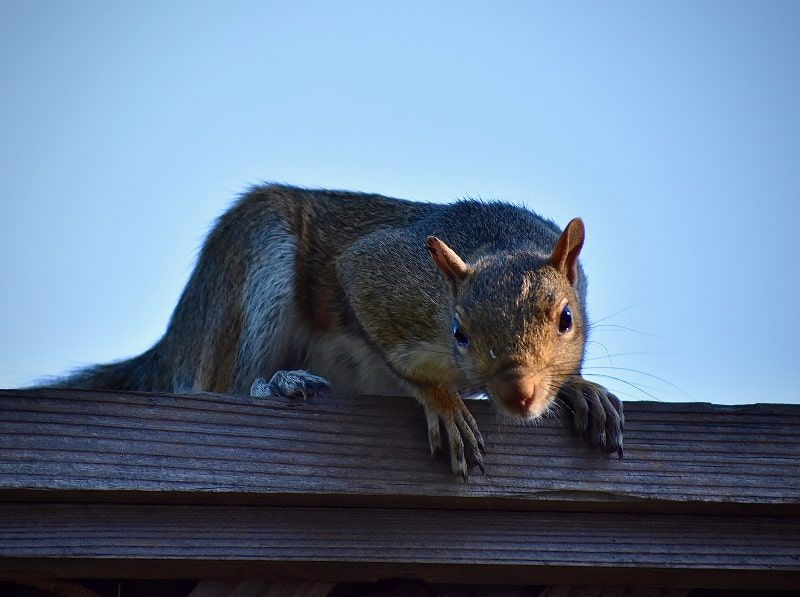Destruction of habitats favors rodents that carry diseases to humans
The proposal is to put an end to fictitious permits, and illegal logging, avoid deforestation, reduce polluting emissions and deal with the problem of waste. Every year in Brazil 17 million animals die; if the current situation continues, by 2050 the world will face a real ecological tragedy.





